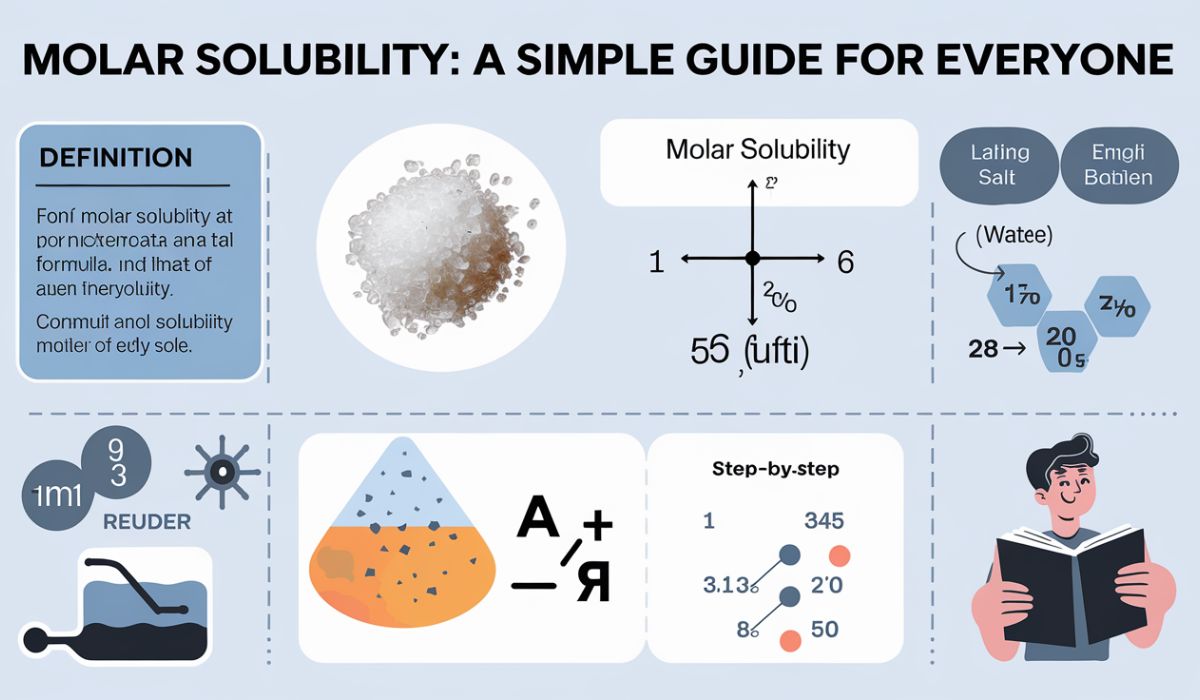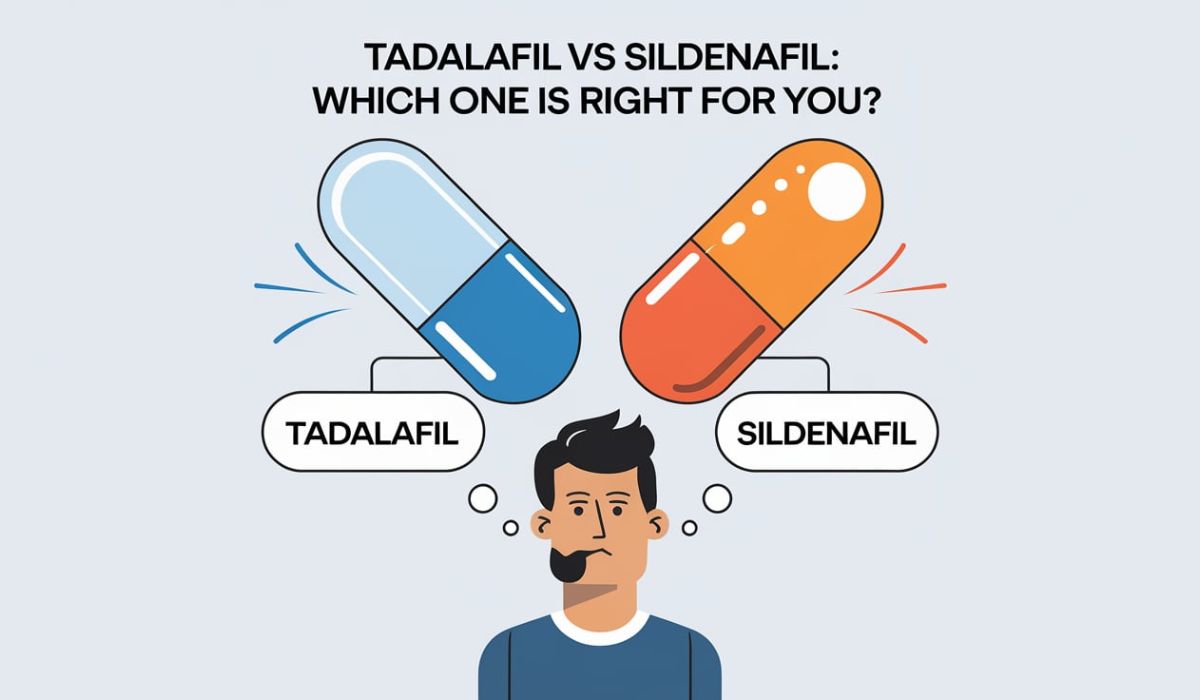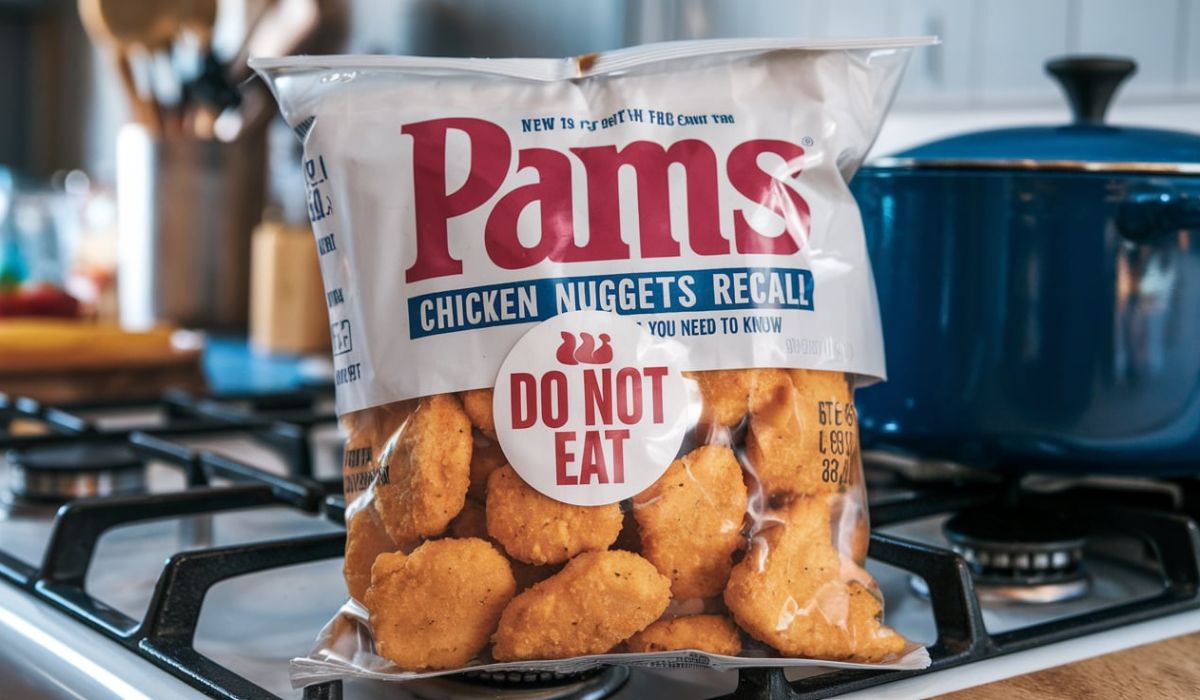Introduction
Have you ever wondered why some substances dissolve in water while others don’t? The answer lies in a fascinating concept called molar solubility. Imagine trying to mix sugar into your coffee—there’s only so much sugar the coffee can hold before it stops dissolving. That “limit” is closely related to
In this article, we’ll break down what molar is, how it’s calculated, and why it’s important in our daily lives. Don’t worry; we’ll keep things simple, relatable, and engaging!
What is Molar Solubility?
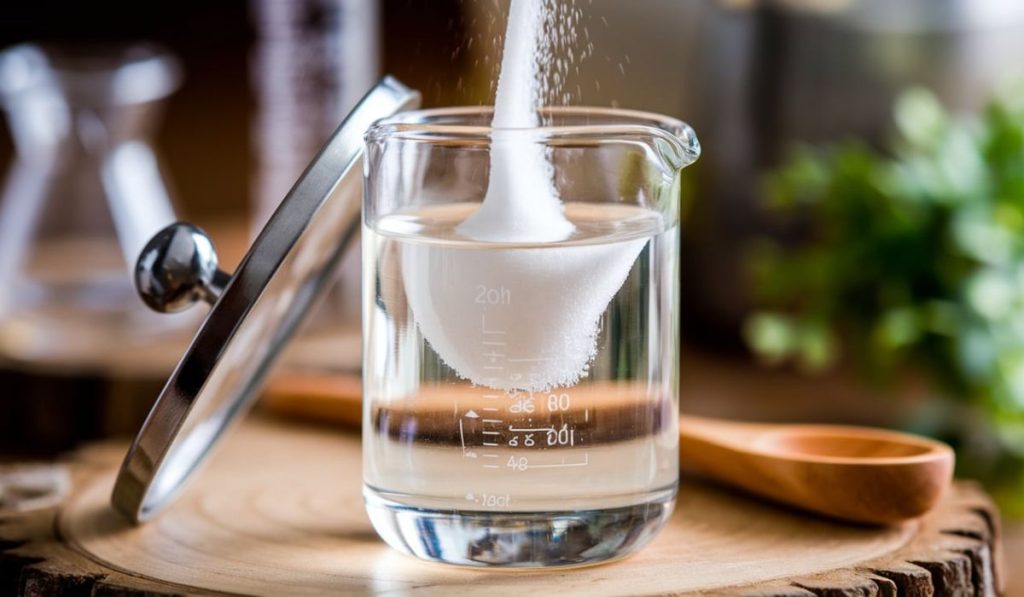
Let’s start with the basics. Molar refers to the number of moles of a substance that can dissolve in a liter of solvent (usually water) to form a saturated solution. In simpler terms, it’s the maximum amount of a substance that can dissolve before the solution becomes “full” or saturated.
Why Does Molar Solubility Matter?
Why should you care about mola Well, it plays a crucial role in everything from making medicines to purifying water. Understanding helps chemists and engineers figure out how much of a substance can be dissolved for various applications.
The Science Behind Solubility
At its core, is a battle between two forces:
- The attraction between the particles of the solute (the substance being dissolved).
- The attraction between the solvent (like water) and the solute.
When the solvent “wins,” the solute dissolves. Think of it as a tug-of-war game, where water molecules work hard to pull the solute apart and distribute it evenly.
Factors That Affect Molar Solubility
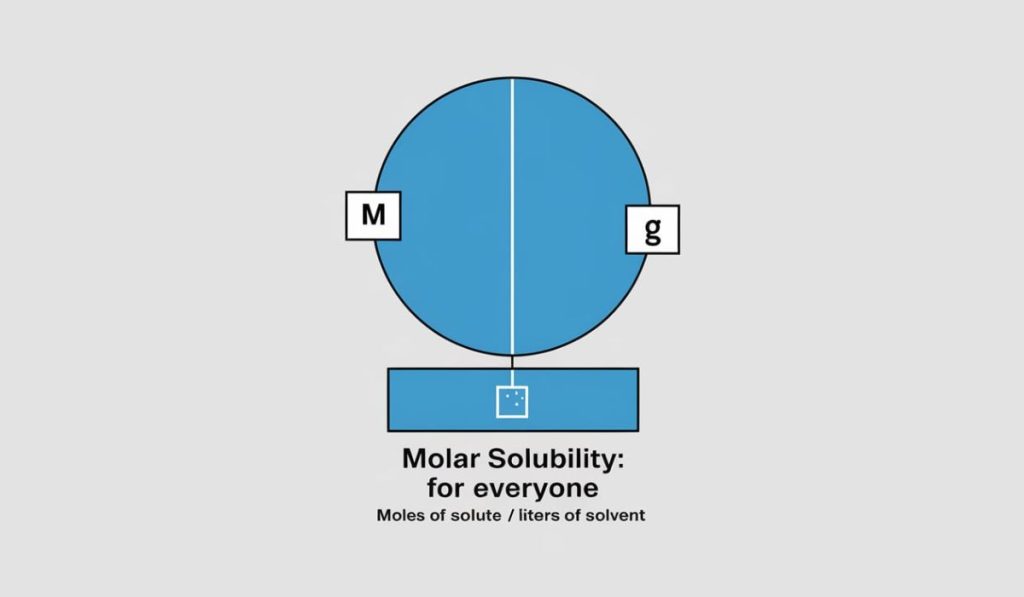
Several factors can impact how much of a substance dissolves:
- Temperature: In most cases, higher temperatures increase .
- Pressure: This is particularly important for gases dissolving in liquids.
- Nature of the Solute and Solvent: Similar substances dissolve better in each other (e.g., “like dissolves like”).
- pH Levels: For some substances, changes depending on the acidity or alkalinity of the solvent.
How is Molar Solubility Calculated?
Calculating often involves using the product constant (Ksp). Here’s a simplified formula:
Ksp=[A+][B−]K_{sp} = [A^+][B^-]Ksp=[A+][B−]
For example, if a substance dissociates into one ion of A+ and one ion of B-, its molar can be determined from the Ksp value.
Applications of Molar Solubility
isn’t just for science labs. It’s used in:
- Pharmaceuticals: Designing drugs that dissolve efficiently in the body.
- Environmental Science: Understanding how pollutants dissolve in water.
- Food Chemistry: Ensuring ingredients dissolve properly for desired textures and flavors.
Molar Solubility vs Solubility
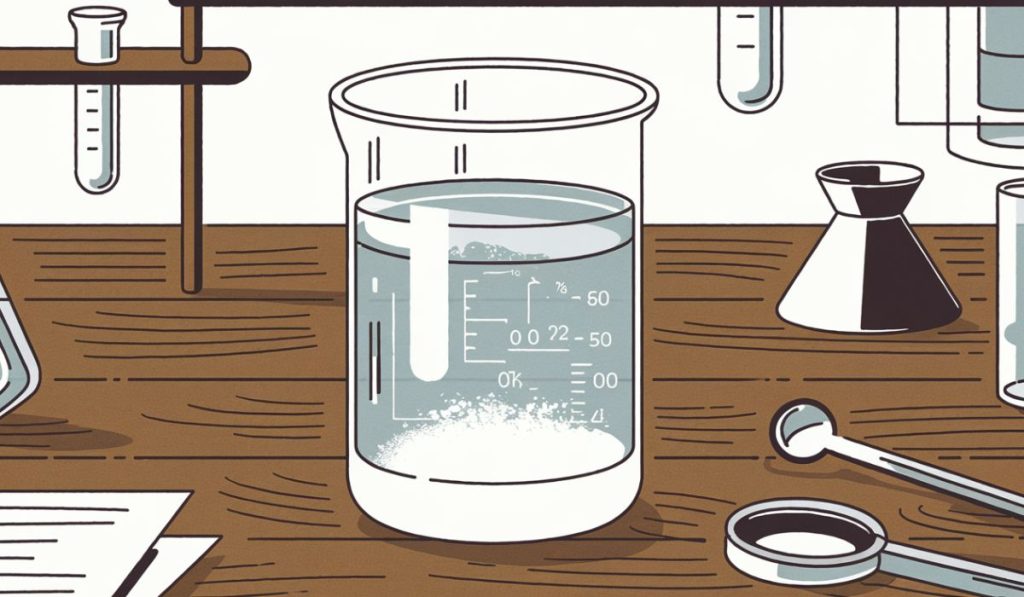
While the two terms sound similar, there’s a key difference:
- is a general term that can be expressed in grams per liter or other units.
- Molar is specifically expressed in moles per liter (mol/L).
Think of as the “big picture” and as a specific detail.
Examples of Molar Solubility
Here are some examples to illustrate in action:
- Salt (NaCl): Highly soluble in water, with a of about 6 moles per liter.
- Calcium Carbonate (CaCO3): Has a much lower molar , making it less likely to dissolve in water.
Molar Solubility in Everyday Life
You might not realize it, but molar affects your daily life:
- Cooking: When dissolving sugar or salt, you’re witnessing in action.
- Hard Water: Calcium and magnesium compounds have low , leading to mineral buildup.
- Aquariums: Maintaining proper oxygen and carbon dioxide levels depends on gas .
Tips for Understanding Molar Solubility Better
Struggling to wrap your head around ? Here are a few tips:
- Use analogies: Think of as packing marbles into a jar—the jar can only hold so many before it overflows.
- Practice calculations: The more you work with Ksp values, the easier it gets.
- Visualize: Imagine the process of dissolving as molecules breaking apart and spreading out.
Common Misconceptions
There are a few myths about molar worth debunking:
- Myth 1: “All substances dissolve better in hot water.” While this is often true, some substances (like gases) dissolve better in cold water.
- Myth 2: “Molar solubility is the same for every solvent.” Different solvents can have vastly different solubility capacities.
FAQs About Molar Solubility
1. What is the difference between molar solubility and Ksp?
Molar refers to the amount of a substance that can dissolve, while Ksp is a constant that helps calculate.
2. How does temperature affect molar solubility?
For most solids, solubility increases with temperature. However, gases tend to dissolve better in cooler temperatures.
3. Why is molar solubility important in medicine?
It ensures that drugs dissolve properly in the body, making them effective for treatment.
4. Can molar solubility be negative?
No, molar solubility is always a positive value because it represents a physical quantity.
5. What happens when a solution reaches its molar solubility?
It becomes saturated, and any additional solute will remain undissolved.
Conclusion
might sound like a complex scientific term, but it’s actually a concept we encounter every day. From dissolving sugar in coffee to understanding how medicines work, shapes much of our world. By grasping its basics, you’ll not only appreciate the science behind it but also see its real-world applications more clearly.
For More Visit, realmeet

